They have some techniques they use to break people and they think that will make them collaborate. But those with experience in interrogation know that forcing someone to submit is not the best way to get them to collaborate.
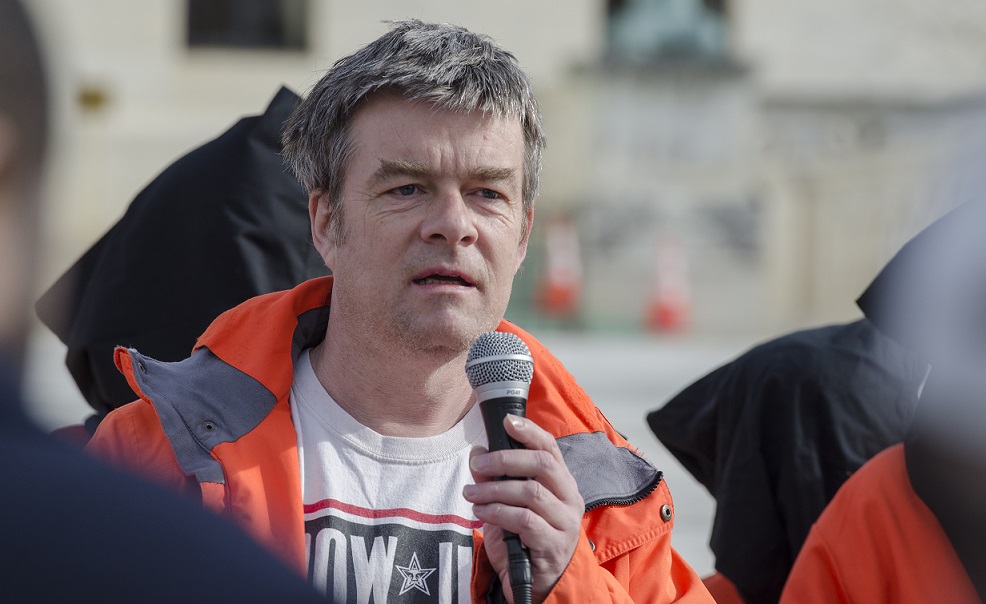
Francisco Castañón
Since Obama took power in 2009, they have freed 70 of the 156 prisoners in Guantanamo. But in the last 3 years Congress approved new laws which made the promise to close the prison even more difficult to fulfil.
Witnesses like Omar Deghayes, Moazzam Begg and Murat Kurnaz have made public the extreme conditions which the prisoners are still suffering.
Kurnaz told how difficult it was to live in a solitary confinement cell, to keep himself alive in such a small space with just enough air to breathe.
Besides the international criticisms that the US government’s treatment of the prisoners is unlawful, the prison is very expensive to maintain: 84 million dollars a year, a figure which most Americans do not agree with.
Andy Worthington is an independent investigative journalist, writer, photographer, film-maker and political activist. He began his investigation for The Guantánamo files: The stories of the 774 detainees in America’s illegal prison in 2006.
He talked to The Prisma about his book and the present situation in the military camp.
Why is Guantanamo Bay still open, even though President Obama said in 2009 he was going to shut down the detention camp?
There are currently 164 prisoners, although 84 of them were approved for transfer to other prisons by a task force that President Obama established when he took office. This was high-level, involving officials in all the government departments and the intelligence agencies. They spent 2009 meeting every week, and they went through the files of all the prisoners. They made decisions about whether they were recommended for trial, for release, or for continuing detention.
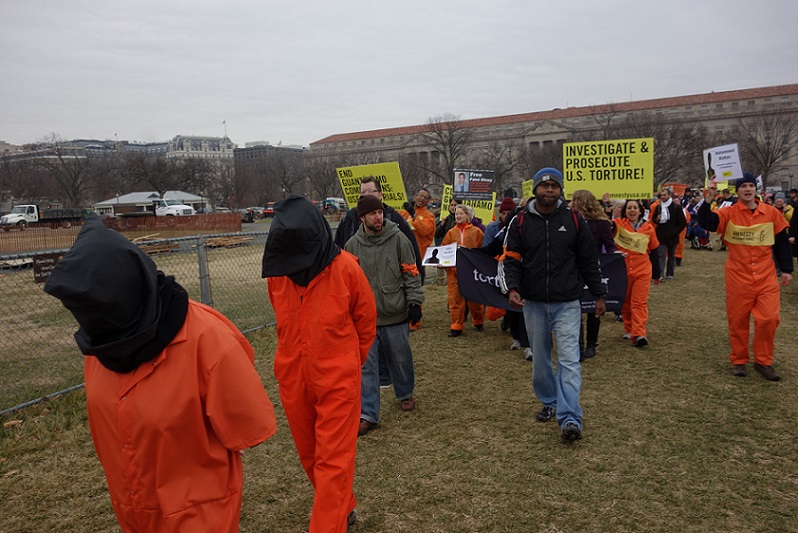
So President Obama released 70 of the 156 prisoners cleared for release by the task force, but for the last 3 years he has released very few prisoners, mainly because Congress passed new laws making it very difficult for him to do that; but also because he didn’t want to spend political capital doing something that could make him unpopular in Congress.
Earlier this year, there were 86 men still held, about whom the US government said, ‘we don’t want to hold these guys forever, we don’t want to put them on trial,’ – but they are still stuck in Guantanamo. In August Obama released 2 of them, so now there are 84.
Why did you decide to write about Guantanamo?
Like many other people, I realized when Guantanamo opened, on the 11th of January 2002, that something had gone badly wrong. The United States was attacked horribly on September 11, 2001, but I think there was a kind of desire for revenge that was driving the US in response, and the government ended up picking people up randomly and bringing them to Guantanamo.
It was unnerving to see the prisoners wearing orange jumpsuits, with blacked-out goggles, in the famous photos that were released by the US government, which showed the prisoners cowering on the ground with soldiers shouting at them. To everybody except Americans those were pretty horrible photos.
In 2004 the first British prisoners were released, and specifically in 2005 people started hearing from English speaking British citizens about the kind of stuff that happened to them. My interest in Guantanamo grew as I heard these stories.
At that time the prison had been open for three and a half years but the Americans still hadn’t said who they were holding. Then the US government lost a lawsuit and was compelled to release 8,000 pages of documents, including the names and nationalities of the prisoners, the allegations against them and the transcripts of tribunals held to decide if they were ‘enemy combatants.’
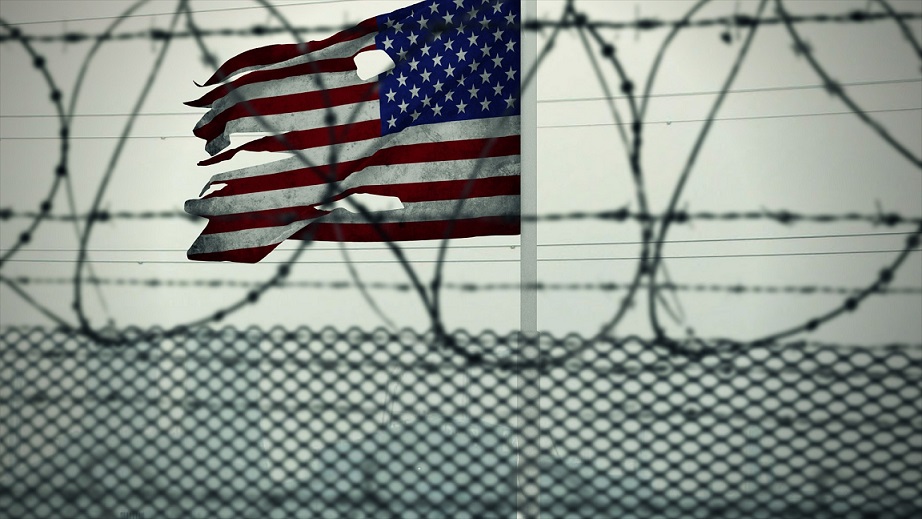 The whole tribunal process was unjust but the transcripts provided an insight into who the prisoners were, and I used all this information as the basis for my book ‘The Guantanamo Files.’
The whole tribunal process was unjust but the transcripts provided an insight into who the prisoners were, and I used all this information as the basis for my book ‘The Guantanamo Files.’
When did the US government release that information?
It was in March, April and May 2006.
Did you meet any of the prisoners?
When I began doing my research I didn’t. I was in touch with a few lawyers who represented Guantanamo prisoners at the time, but as the years have passed I have been in touch with more of the former prisoners. In particular, I got to know Omar Deghayes very well, and he and the former prisoner Moazzam Begg appeared in ‘Outside the Law: Stories from Guantanamo,’ the documentary film that I co-directed.
What can you tell us about the prisoners’ experiences?
It is quite extraordinary how some of these people survived what they went through. There are a number of ways that you can react to being in prison. Some people choose a strategy of non-resistance, so everything they were told to do they did. Other people couldn’t stand what was happening so they fought back, but if you do that they treat you much worse.
The main thing that a lot of people went through repeatedly was isolation, being put into isolation cells for more than 30 days at a time. Murat Kurnaz was a German prisoner, of Turkish origin, who explained how all the time in isolation he was lying on the floor breathing very slowly just to stay alive.
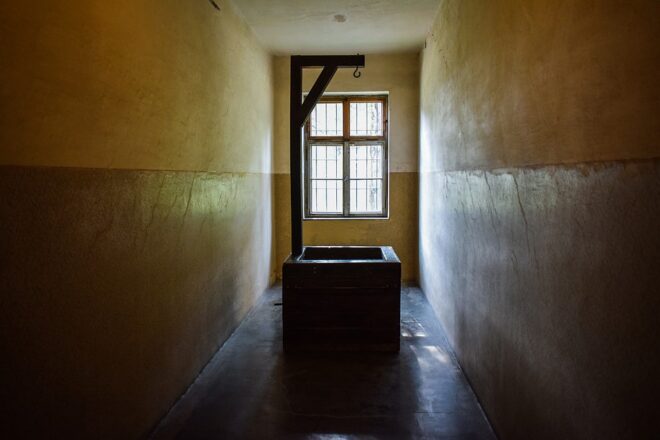 The US authorities also had some techniques that they used to break people, because they thought that would make them collaborate.
The US authorities also had some techniques that they used to break people, because they thought that would make them collaborate.
However, people with experience in interrogation will tell you that trying to break people is not the way to get them to collaborate with you.
How much money does it cost the USA to maintain Guantanamo?
Everything has to be taken there from the US mainland, so it’s insanely expensive. The basic running cost is around a million dollars per year per prisoner, which is insane.
So, you’ve got 84 innocent prisoners at the moment, and that’s costing you 84 million dollars every year to hold guys that you said you didn’t want to hold in the first place.
How can the international community allow the US government to keep Guantanamo open?
The problem is that there is no mechanism in place beyond complaining. The International Criminal Court is not recognized by the United States, so George W. Bush, Dick Cheney and Donald Rumsfeld cannot be taken to The Hague and held accountable for their actions, which, of course, include torture, which is illegal.
Another problem is getting other countries to cooperate, because dozens of other countries were complicit in the ‘war on terror,’ allowing US planes to use their airports or airspace when prisoners were kidnapped, or cooperating through intelligence gathering.
Is there any official investigation into the treatment of the prisoners in Guantanamo?
No, sadly, even though between February 2002 and June 2006 the US government behaved as if there were no rules about how prisoners should be treated.
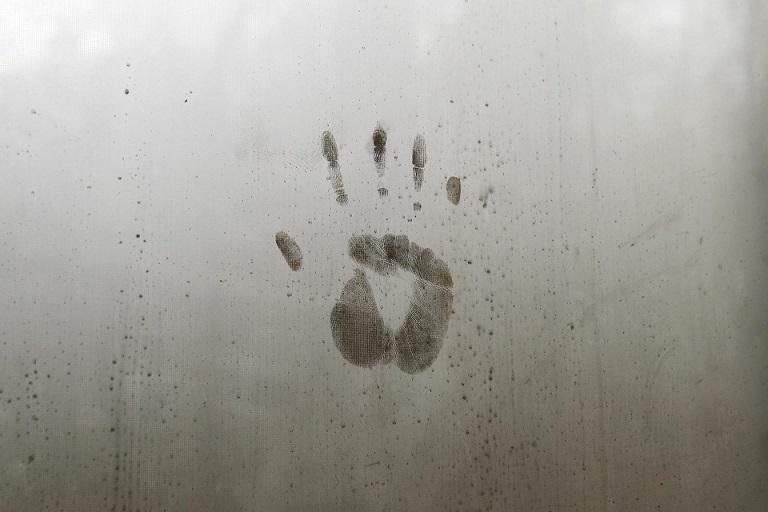 There was an internal investigation in the Department of Justice, into the behaviour of John Yoo and Jay Bybee. Yoo, as a lawyer in the Office of Legal Counsel, which is supposed to provide impartial legal advice to the executive branch, wrote memos in 2002 that said that the torture wasn’t torture–so that US operatives could engage in torture with impunity.
There was an internal investigation in the Department of Justice, into the behaviour of John Yoo and Jay Bybee. Yoo, as a lawyer in the Office of Legal Counsel, which is supposed to provide impartial legal advice to the executive branch, wrote memos in 2002 that said that the torture wasn’t torture–so that US operatives could engage in torture with impunity.
The ethics investigation concluded that Yoo and his boss Bybee had been guilty of professional misconduct, but President Obama allowed a Justice Department fixer to rewrite that conclusion. He said that everybody was under a lot of pressure, meaning that no sanctions were possible. That was pretty shocking.
How did the reports of how they treated the prisoners come out to the public?
It is interesting because the main thing happened in 2004, after the Abu Ghraib scandal first became public. Somebody inside the Bush administration couldn’t accept what was happening and leaked Yoo’s ‘torture memo’ to the media. So here you have a senior lawyer, very close to Dick Cheney, the Vice President of the Unites States, saying torture isn’t torture unless it rises to the level of an organ failure or even death. Yoo wrote this based on a medical insurance document, and cut and pasted what it said about torture.
(Introduction translated by Graham Douglas) – Photos: Pixabay












.jpg)












